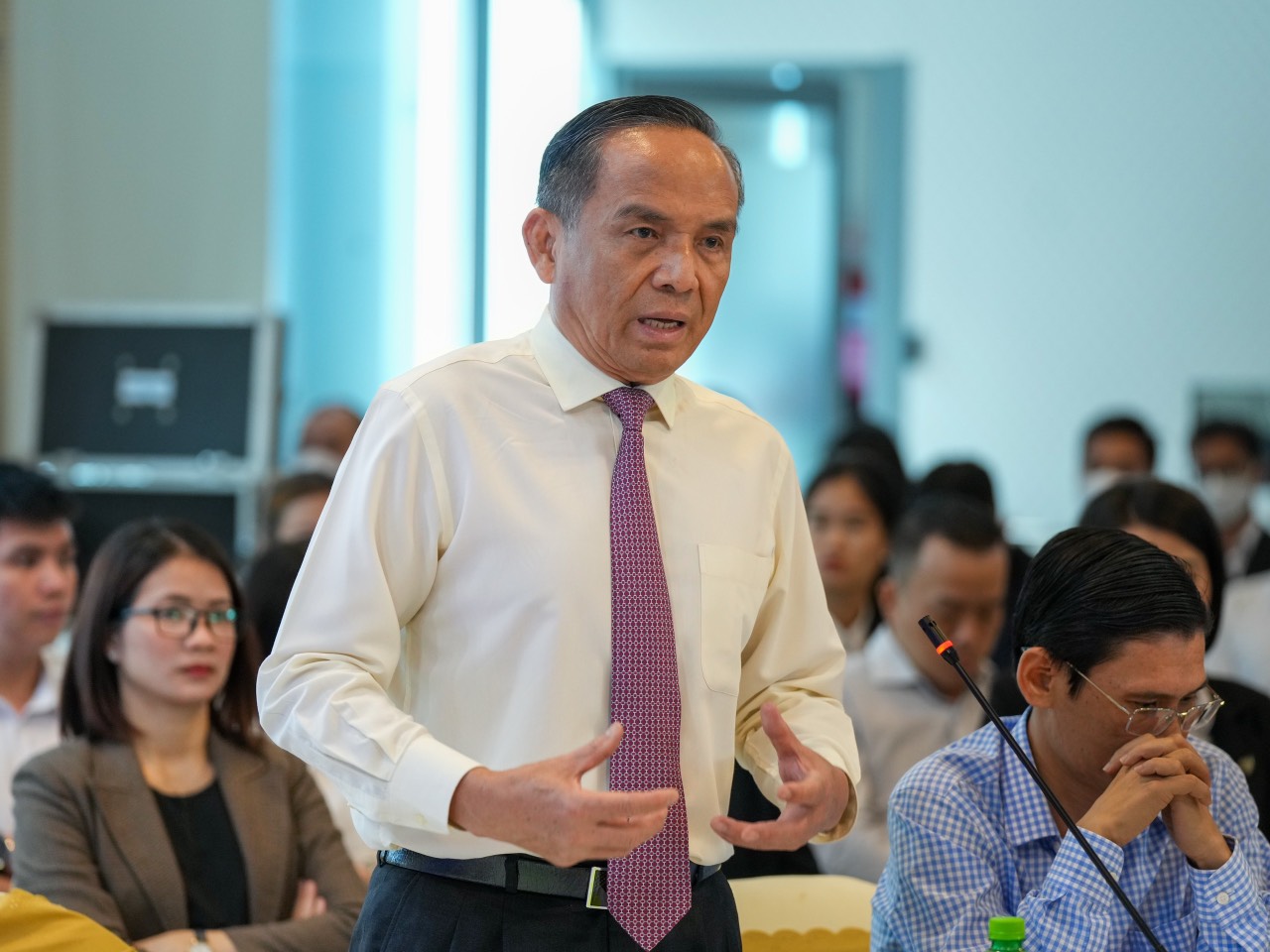
Mr. Le Hoang Chau proposed many special mechanisms to help Ho Chi Minh City take off.
-What do you think are those mechanisms?
*First, BOT contracts should not be applied to investment projects to upgrade, expand, and modernize existing roads in Ho Chi Minh City. This avoids conflicts of interest between project investors and people using BOT roads who have to pay fees, potentially creating social hotspots. Instead, investment projects to upgrade, expand, and modernize existing roads should be implemented under BT contracts, using the city's budget to pay investors.
In addition, it is necessary to consider allowing Ho Chi Minh City to restart construction investment projects under the form of BT contracts using state budget capital to pay investors, definitely not paying with land funds for investors to implement other projects. At the same time, the State creates budget capital through investment activities in land fund development, land development funds, land fund development organizations, land use rights auctions according to the provisions of the draft Land Law (amended) to mobilize resources from the private sector to invest in developing urban infrastructure, traffic works, etc.
-Regarding the current bottlenecks in the real estate market, what suggestions do you have to resolve them and create a breakthrough for the development of Ho Chi Minh City?
*Currently, the biggest problem is related to legal issues, specifically the calculation of land use fees. Most projects cannot be implemented because they cannot pay land use fees using current calculation methods. Therefore, it is proposed to allow commercial housing projects to apply the land price adjustment coefficient (coefficient K), and submit it to the Ho Chi Minh City People's Council for approval to apply land use fees and land rents to all land plots and land lots (regardless of the value calculated according to the land price list).
Because currently, the surplus method is commonly used to determine specific land prices to calculate land use fees and land rents for real estate projects, commercial housing, and urban areas. However, this method does not give reliable land valuation results. According to experts' calculations, for the same real estate project, if only one valuation enterprise applies two different land valuation methods, it will give two different results, with a value difference of about 17%. If the same real estate project is implemented by two different valuation enterprises, the same land valuation method will also give two different results, with a value difference of about 17%. Therefore, the application of the land price adjustment coefficient method to calculate land use fees and land rents for commercial housing real estate projects is very necessary.
-How beneficial is it to apply the K coefficient, sir?
*As far as I know, the Ho Chi Minh City People's Committee has issued a document requesting permission to apply the K coefficient method to calculate land use fees and land rent for all real estate and commercial housing projects regardless of whether the project has a land use fee value above or below 30 billion VND, instead of hiring a land valuation consultancy unit as is currently the case. If the K coefficient is applied to determine land use fees, the time may not exceed 6 months. Ensuring full, correct and timely collection for the state budget, while ensuring the rights of project investors.
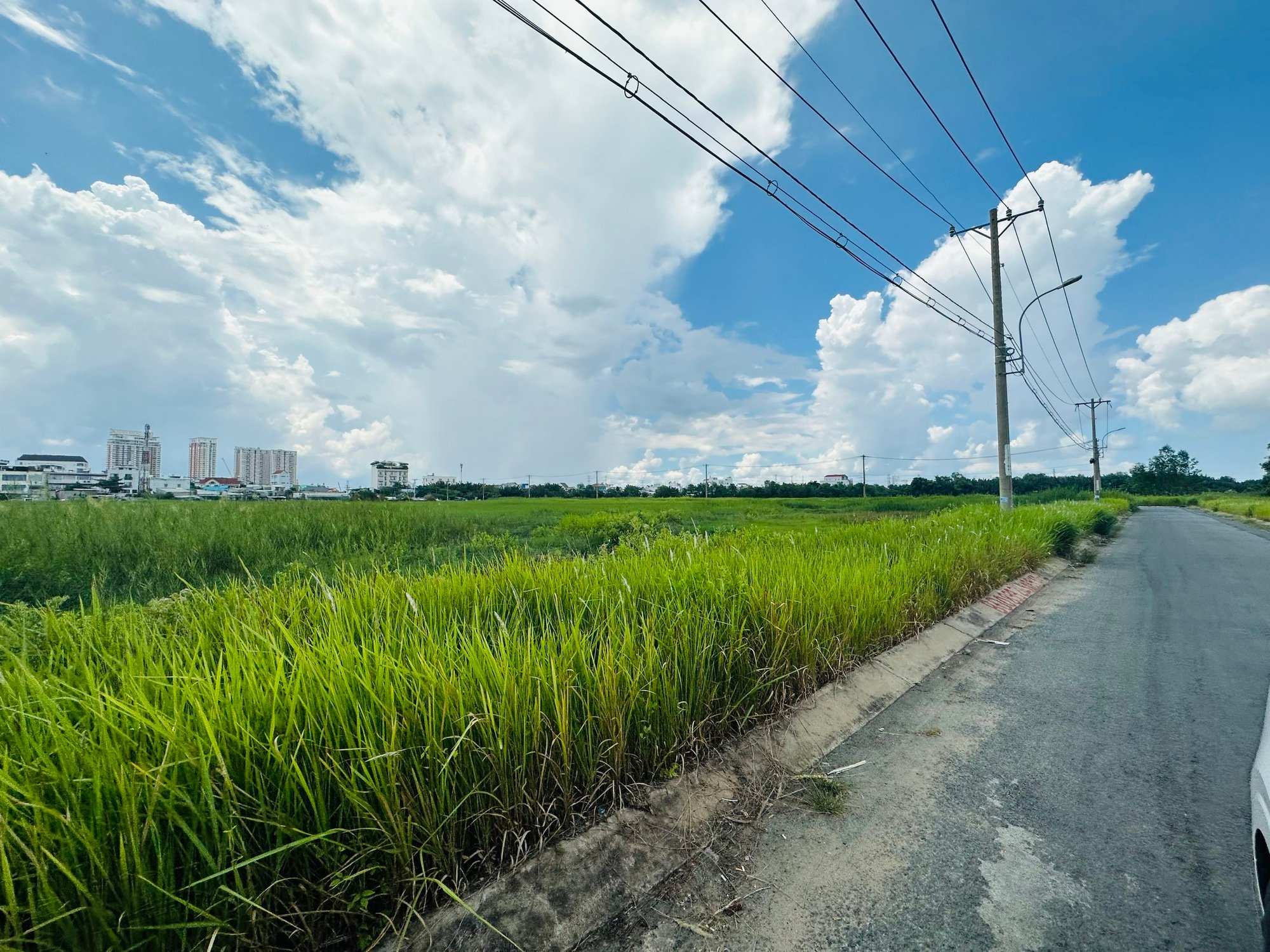
Many projects cannot be implemented because they cannot pay land use fees.
At the same time, if applied according to the proposal of the Ho Chi Minh City People's Committee, it will formalize the calculation of land use fees and land rents for real estate projects, commercial housing, and urban areas, ensuring transparency, so that both the State and enterprises can predict the amount of land use fees and land rents that must be paid to the state budget.
Overcoming the current situation of land use fees and land rent being unknown, both avoiding legal risks for officials, civil servants, and public employees in the performance of official duties and related persons; while ensuring that state agencies have full authority to decide on the amount of land use fees and land rents to be paid to the state budget (through the right to decide on the land price adjustment coefficient (coefficient K4) annually or when the market fluctuates and in accordance with each type of real estate project, commercial housing, urban areas, to perform the role of the State leading the market, not the State following the market). At the same time, ensuring sufficient, correct, and timely collection for the state budget, while ensuring the rights of project investors.
-A problem that businesses are currently "stuck" with is the procedure for approving investment policies and approving investors. These are the first two steps to carry out a project. What recommendations do you have to resolve them?
*We realize that the procedure of approving investment policies at the same time as approving investors is only the initial procedure of the "chain" of investment and construction procedures for real estate and commercial housing projects. Therefore, the "blockage" of this procedure has led to the "blockage" of social housing projects and commercial housing projects in the past. Therefore, it is necessary to remove this obstacle not only for Ho Chi Minh City but also for the whole country.
In addition, the current problem is adjusting the 1/2000 planning for social housing projects. Many projects cannot be implemented because most of the social housing projects are land converted from commercial housing. If social housing is built, the land use coefficient will be increased by 1.5 times. This means that the old 1/2000 planning will have to be adjusted accordingly.
Adjusting the 1/2000 scale zoning plan is under the responsibility and authority of state agencies and is adjusted "periodically" according to the law on urban planning and construction, but it has not been stipulated that "zoning plans and detailed plans must be approved or approved for adjustment according to the law before preparing the Feasibility Study Report for construction investment and implementing the next steps of the project. Therefore, investors in social housing projects must wait, without knowing how long they have to wait, even though the social housing project does not increase the population size of the province. Because buyers of social housing must be permanent or temporary residents for at least 6 months and have social insurance, which only increases the local population size in the area where the project is located.
Source link





![[Photo] Visiting Cu Chi Tunnels - a heroic underground feat](https://vstatic.vietnam.vn/vietnam/resource/IMAGE/2025/4/8/06cb489403514b878768dd7262daba0b)


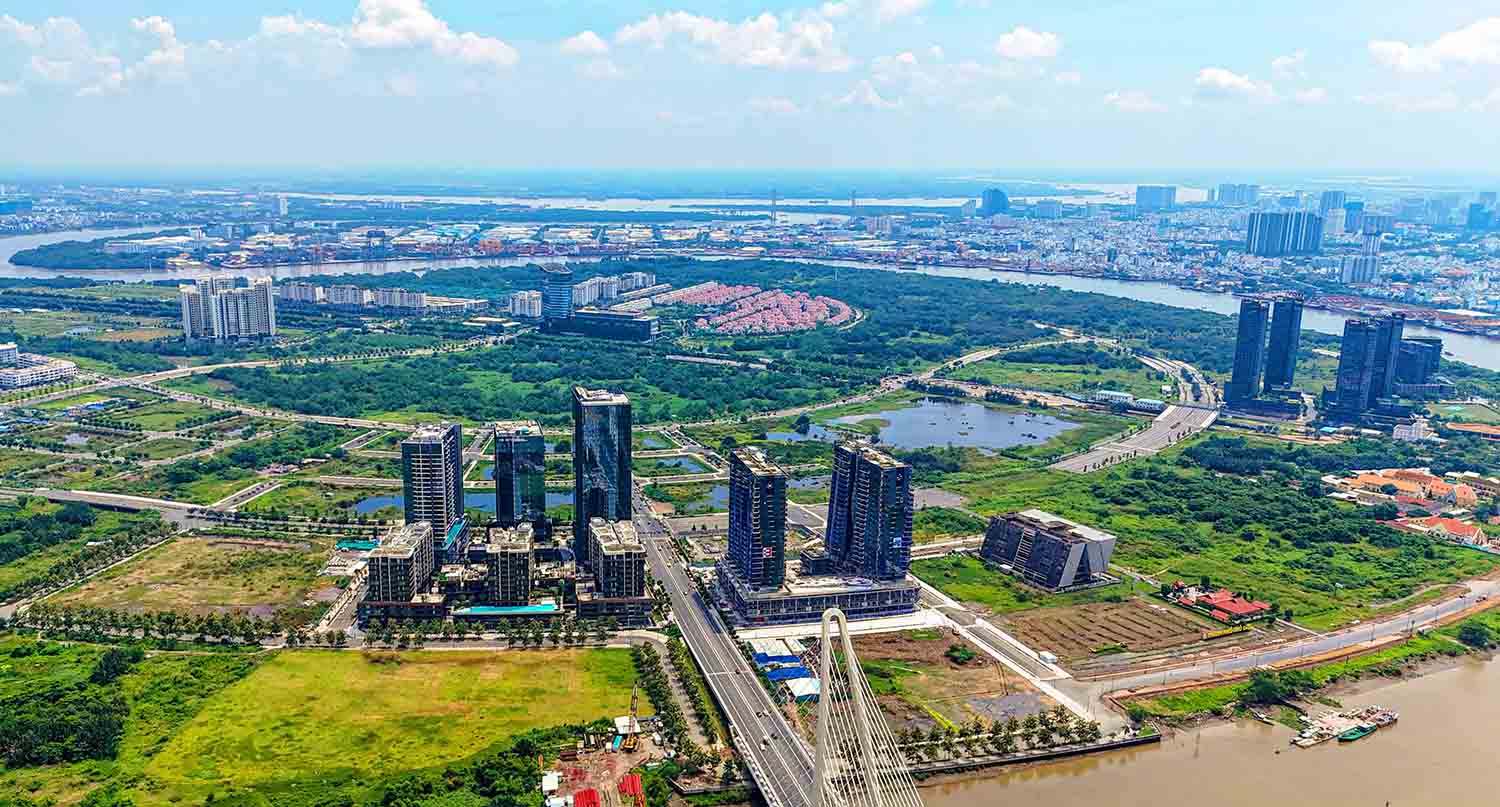



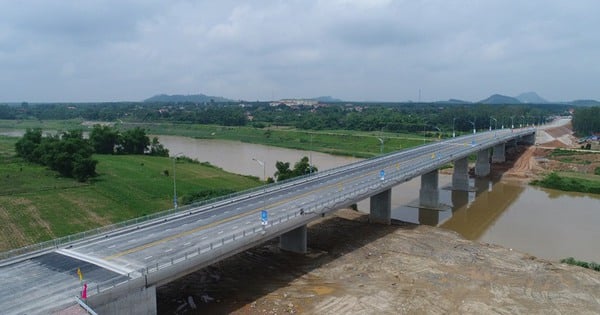

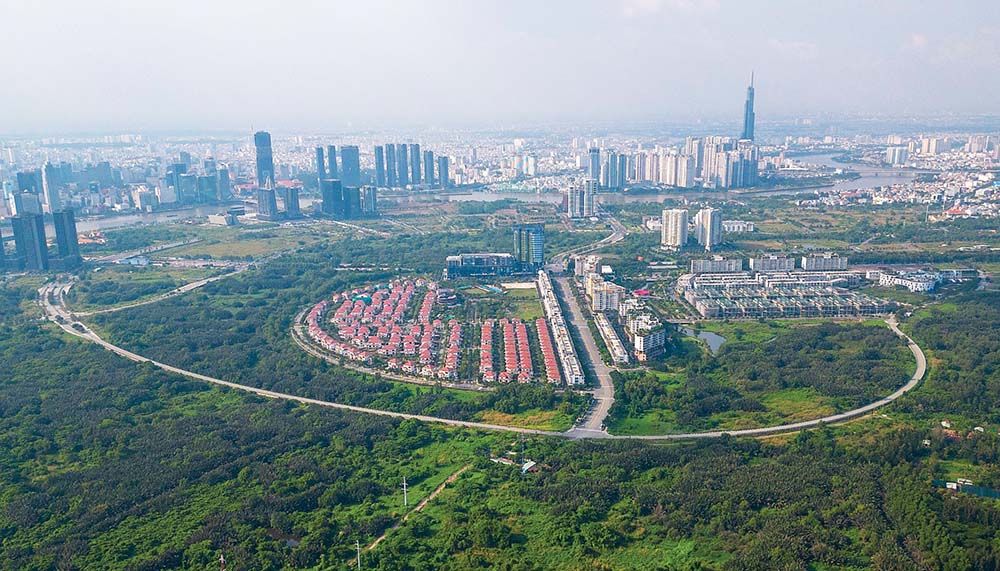


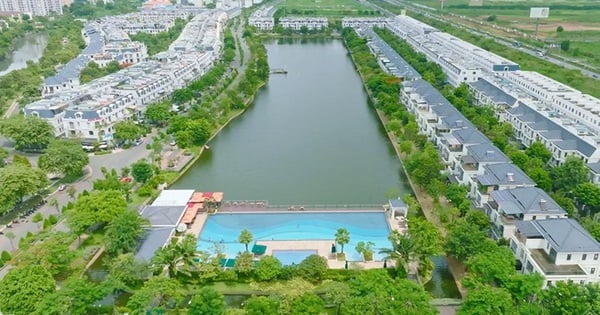



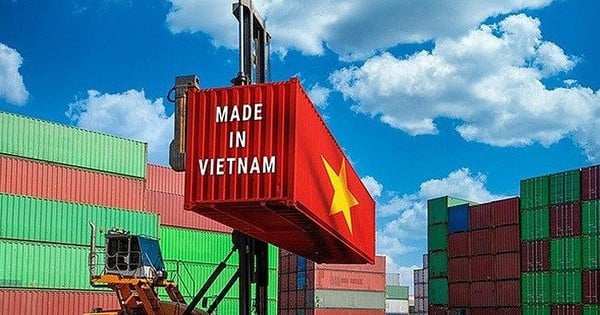

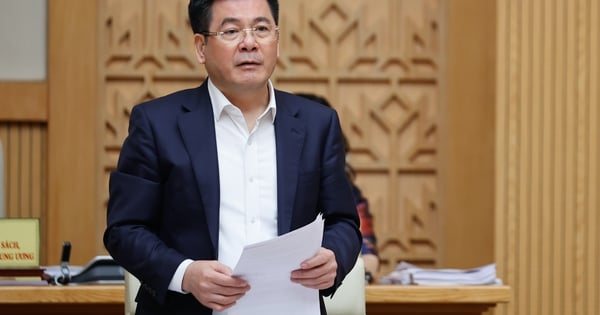



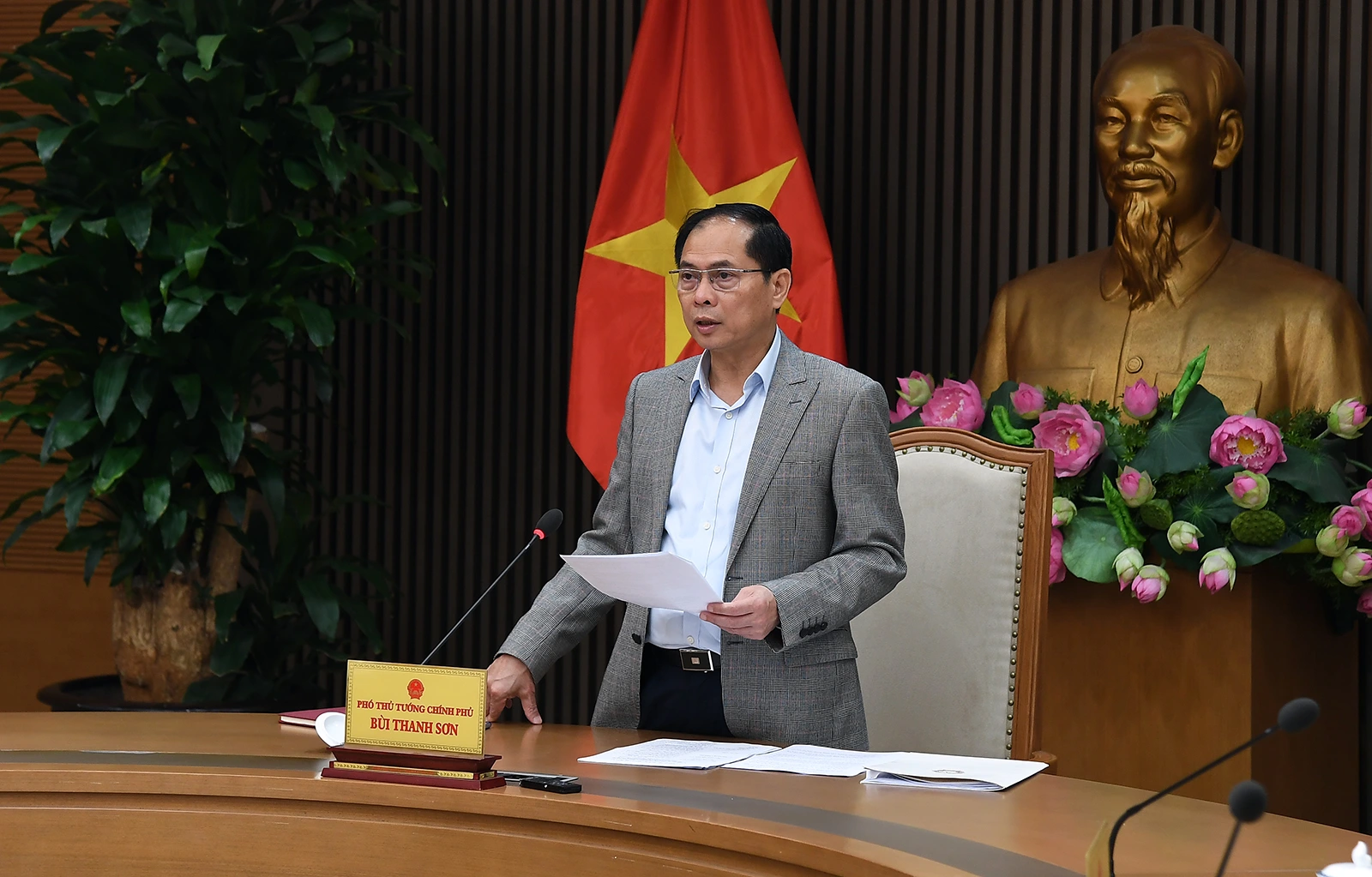



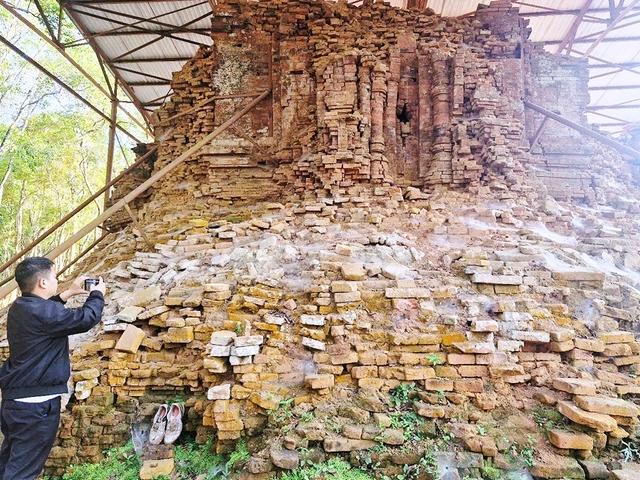








































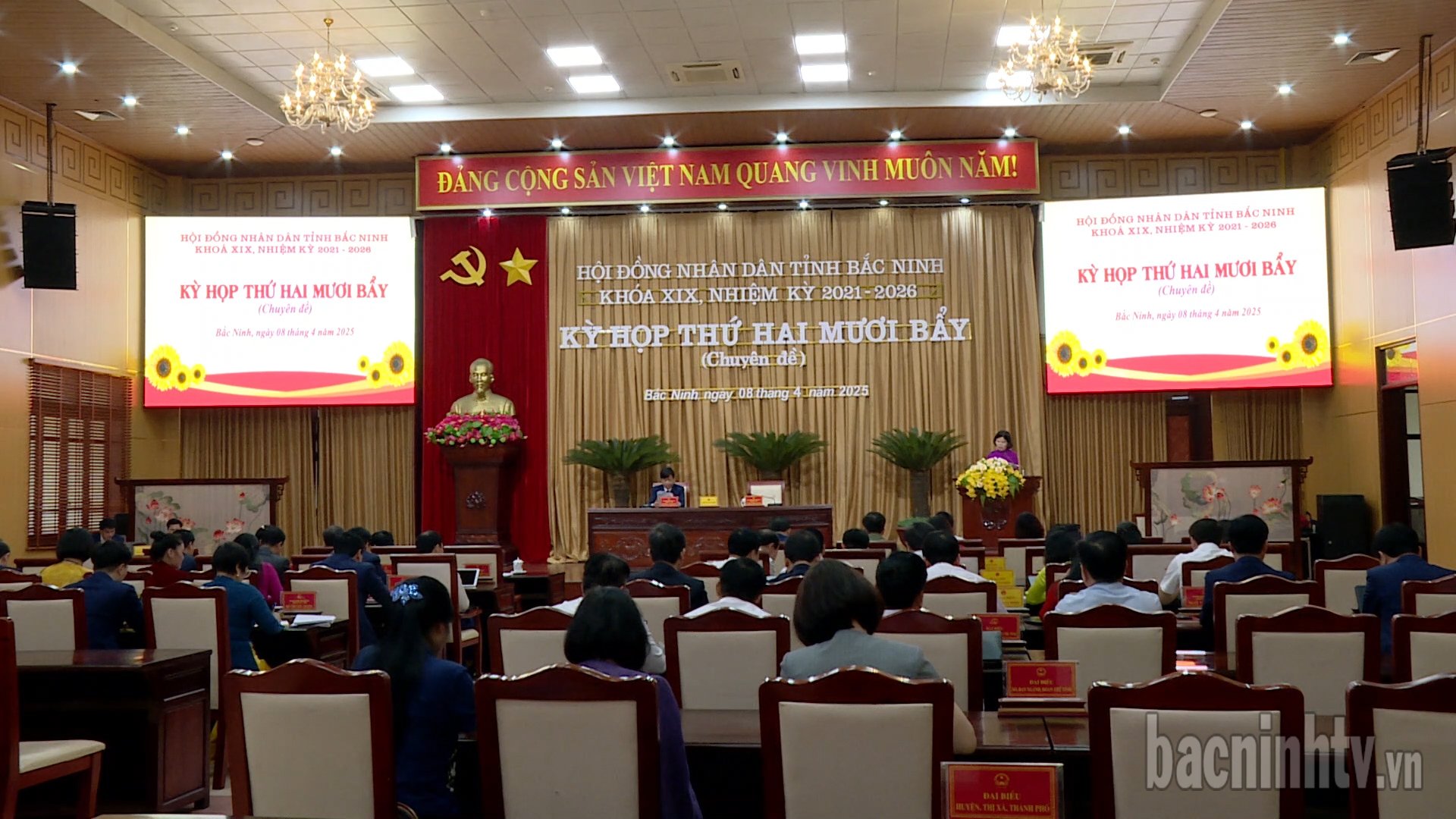



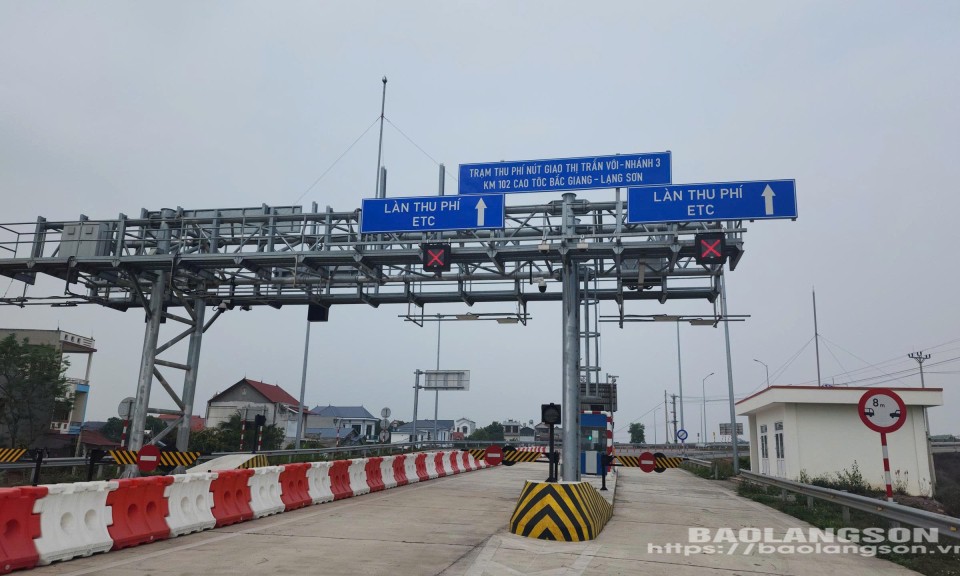
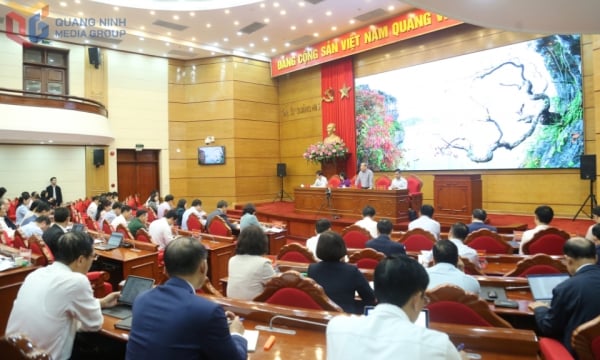










Comment (0)